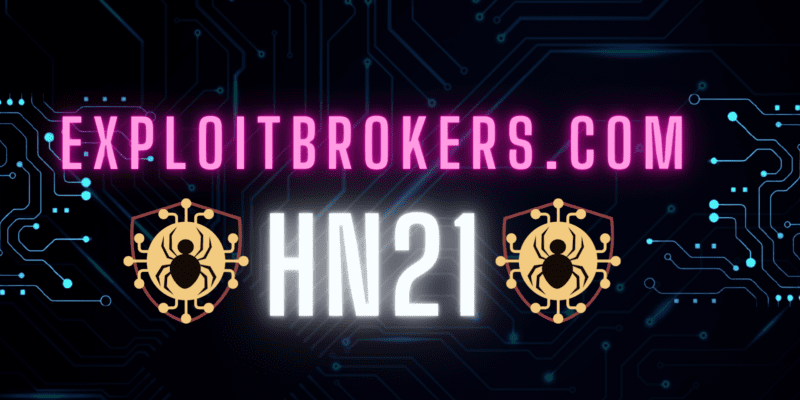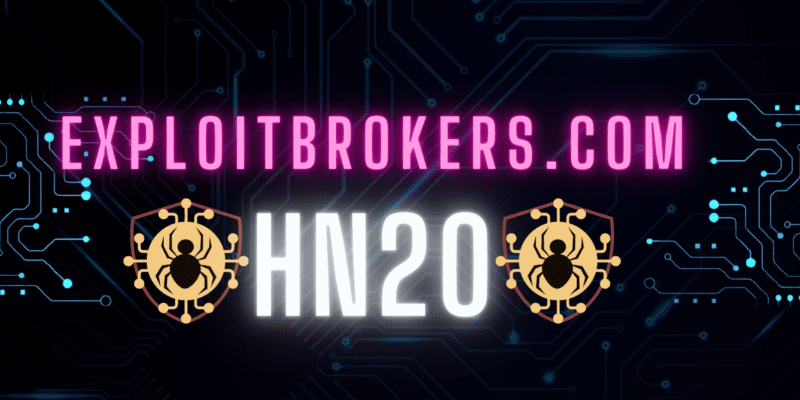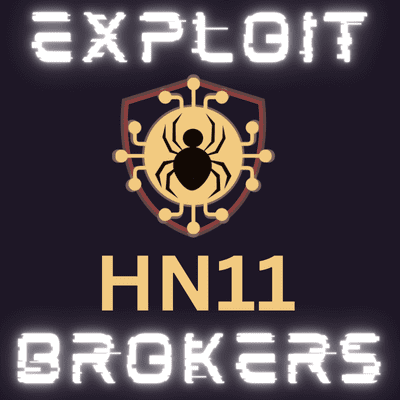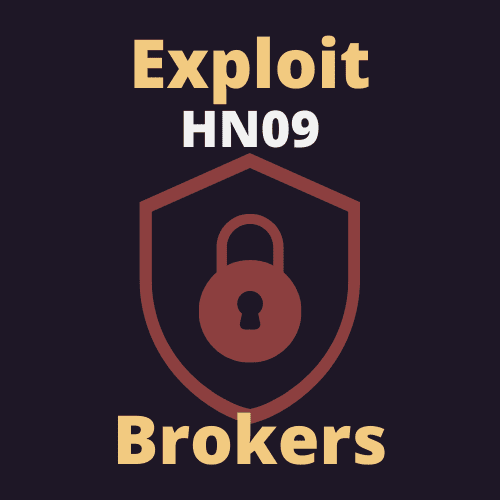Welcome to another captivating episode of Exploit Brokers! In this installment, we delve deep into the ever-evolving world of cybercrime and digital security. Join us as we unravel two gripping stories that shed light on the precarious nature of our online existence.
First up, we explore the dark corners of the internet where cybercriminals flood the dark web with stolen X/Twitter gold accounts. Verified accounts, belonging to celebrities and organizations, have become a lucrative target for crooks. Learn how they compromise these accounts, what they do with them, and how you can protect yourself from falling victim to these scams. #Cybercrime #DarkWeb #TwitterGoldAccounts #OnlineSecurity
Next, we tackle the concerning vulnerability in Google’s OAuth system. Password changes are often seen as a quick fix to account compromise, but malicious actors have found a way to circumvent this. Discover how an exploit allows hackers to regain access to your account even after you change your password. We break down the details and share tips on how to safeguard your online presence effectively. #GoogleSecurity #PasswordReset #OnlinePrivacy #cybersecurity #DigitalThreats #Malware #Cyberattacks #OnlineSafety
Join us as we navigate the complex web of cybercrime and digital security, arming you with the information you need to stay one step ahead of hackers and scammers. Don’t forget to hit that subscribe button and ring the notification bell to stay updated on all things cybersecurity. Your online safety is our priority! #ExploitBrokers #TechNews #CybersecurityAwareness #staysafeonline #oauth #cybercrime #hackers #hackingnews
Sources:
Stolen Twitter/X Accounts: https://www.darkreading.com/application-security/cybercriminals-flood-dark-web-x-twitter-gold-accounts
Google Password Vuln: https://www.theregister.com/2024/01/02/infostealer_google_account_exploit/





